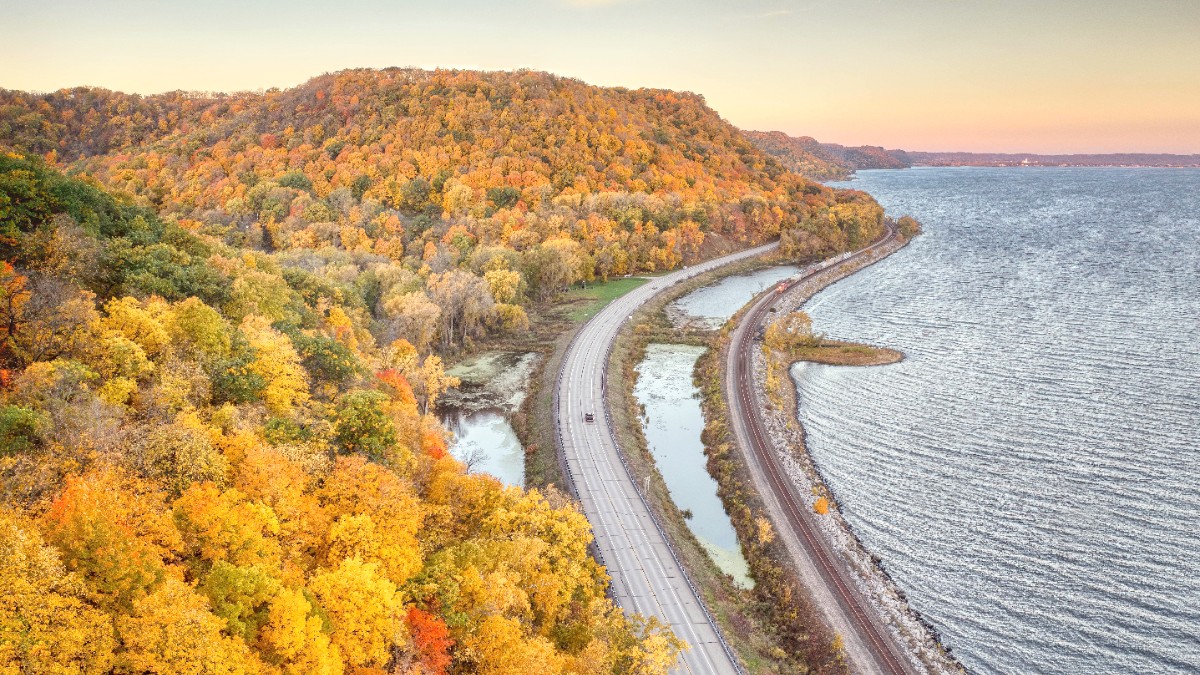
Great Lakes, USA
Major U.S. Mobile carriers include AT&T, Verizon, and T-Mobile. Purchase prepaid SIM cards at their retail stores, electronics retailers, or at Minneapolis-St. Paul International Airport (MSP).
Free Wi-Fi is widely available in hotels, cafes, restaurants, public libraries, and throughout Minneapolis-St. Paul International Airport (MSP).
English is the main language spoken in Minneapolis. Due to the city's diverse population, you may also hear Spanish, Somali, Hmong, and other languages.
U.S. Post Offices (USPS) are available throughout the city for sending mail, postcards, and packages.
Effective communication makes travel smoother. Utilize available resources to stay connected and informed.
Generally 10 AM to 7 PM on weekdays and Saturdays, and from 11 AM to 6 PM on Sundays. Larger shopping centers often have extended hours.
Lunch service typically runs from 11:30 AM to 2 PM. Dinner service usually begins around 5 PM and concludes around 9 PM, with some staying open later on weekends.
Typically open in the late afternoon and remain open until midnight or 2 AM, especially on weekends.
Most major museums and attractions generally operate from 10 AM to 5 PM, Tuesday through Sunday.
Accessing cash and banking services is straightforward throughout the city.
Check schedules ahead for smooth planning, especially around holidays or seasonal changes.
Familiarizing yourself with local customs promotes respectful interactions and a pleasant experience.
A simple "Hello" or "Hi" is common for casual greetings. Handshakes are typical for formal introductions. Eye contact generally shows attentiveness.
Tipping is a customary part of dining culture. Photography is generally permissible in public spaces.
Avoid discussing sensitive political or social issues with strangers unless you know your audience well.
Minneapolis is generally a very progressive and inclusive city. LGBTQ+ travelers should feel welcome and experience no issues.
Engage politely and observe local customs. 'Minnesota Nice' reflects a polite and reserved demeanor; reciprocate with kindness.
Minneapolis strives to be an accessible city for all travelers, including those with mobility challenges.
Minneapolis generally has good accessibility. Sidewalks are well-maintained, and many public buildings and attractions comply with ADA (Americans with Disabilities Act) standards.
Many public institutions offer accessible services upon request for travelers with visual or hearing impairments.
Minneapolis's extensive park system has many accessible areas for enjoying nature.
Plan ahead by consulting specialized resources and direct venue inquiries.
Contact specific attractions directly to confirm current accessibility features and make any special arrangements you may need.